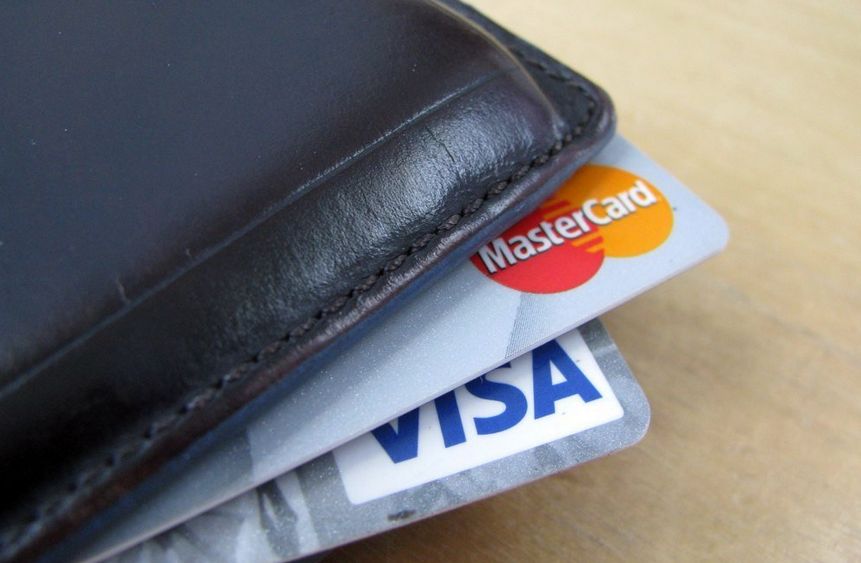Regulator Issues “Guiding Principles” For Making Real-Time Payments Safe, Secure
If you buy something with a debit/credit card or an online check, there can be a delay of hours or days before the other party gets those funds. Advances in technology are allowing payment platforms to cut that down to mere seconds, which could help consumers by preventing banks from re-ordering multiple transactions to maximize overdrafts. But as non-cash payments inch closer to real-time transactions, federal regulators want to ensure that companies are following certain best practices to make things safe and consumer-friendly as possible.
The Consumer Financial Protection Bureau today released a set of Consumer Protection Principles [PDF] meant to guide companies in developing real-time or near real-time payment systems while ensuring they remain a safe and secure option for consumers.
“While American consumers benefit from and make use of these payment systems, there remain opportunities to improve efficiency, reduce transaction costs for consumers, and reduce credit and fraud risks,” the CFPB says. “There is also greater opportunity for consumers to have real time information about their account balances so they can know when they do and do not have funds to transact.”
The CFPB believes that in order to be safe, transparent, accessible, and efficient, these new, faster payment systems must keep certain protections in mind including allowing more consumer control over payments, securing data and privacy of personal information, and creating fraud and error resolution protections.
In the realm of consumer control over their payments, the principles state that systems must be clear about when, how and under what terms customs have authorized a payment.
“Systems enable consumers to put parameters on the payment, such as limiting the time period for which an authorization is valid, the amount, and the payee,” the guidelines state. “Systems also specify procedures for consumers to easily revoke authorization.”
As for ensuring personal information is protected, new systems should make sure that when customer data is collected it is only used in ways that actually benefit the consumers.
Additionally, payment systems should be accompanied by consumer protections with respect to mistaken, fraudulent, unauthorized, or otherwise erroneous transactions.
The systems should have the capability to reverse erroneous and unauthorized quickly once identified, the CFPB notes.
Regulators say the guiding principles outlined today could go a long way in making sure that systems aren’t just useful but actually helpful to consumers.
“Companies developing new financial technologies should be building systems from the outset with consumer protections in mind,” Richard Cordray, CFPB director, said in a statement. “It is a lot easier to build something right from the start than it is to retrofit it. The CFPB will continue our work to help ensure that financial services marketplaces are safe and transparent for consumers.”
Consumer Financial Protection Bureau Outlines Guiding Principles For Faster Payment Networks [CFPB]
Want more consumer news? Visit our parent organization, Consumer Reports, for the latest on scams, recalls, and other consumer issues.


